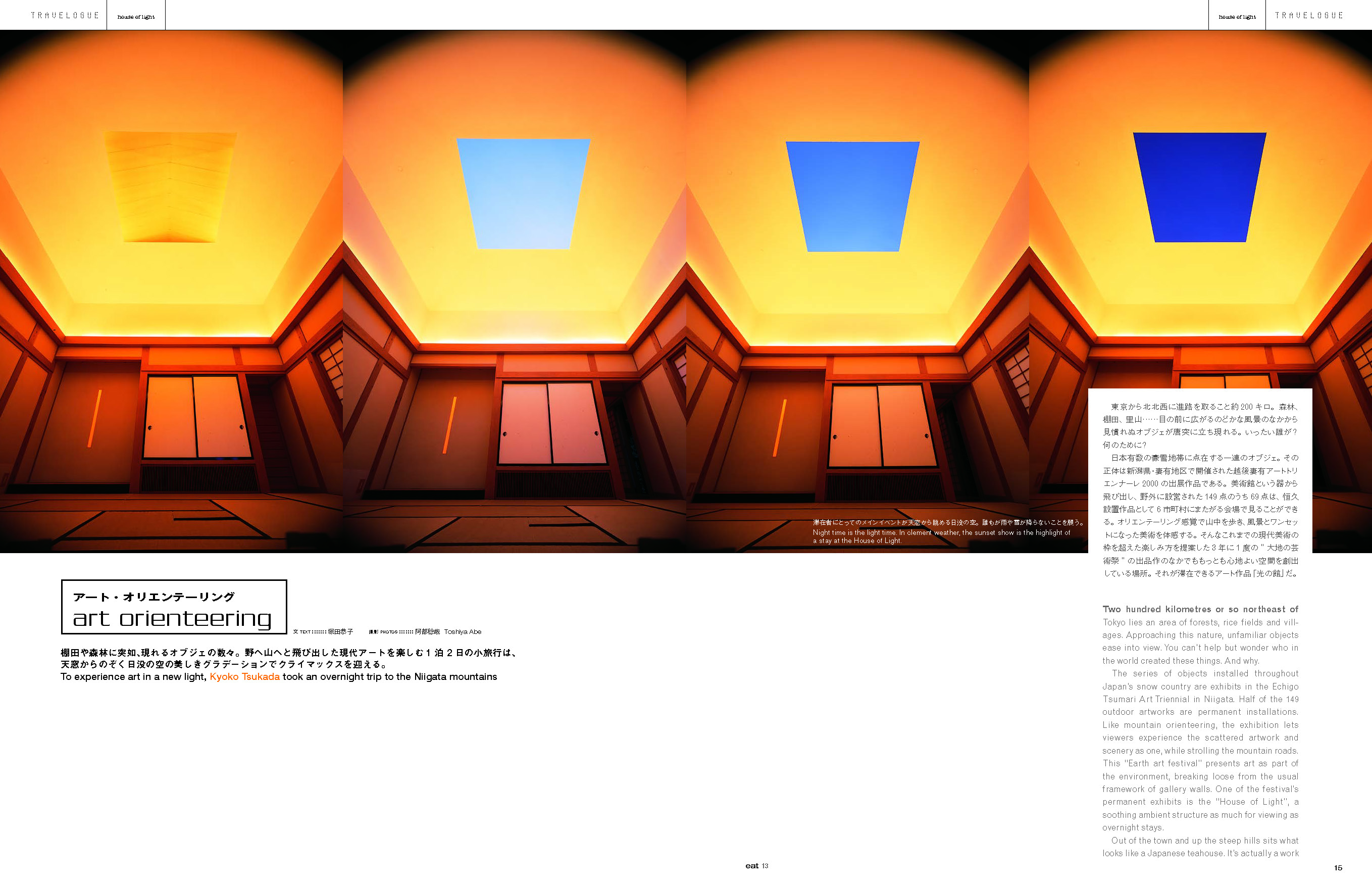Art Orienteering
Eat Issue 13: Exile
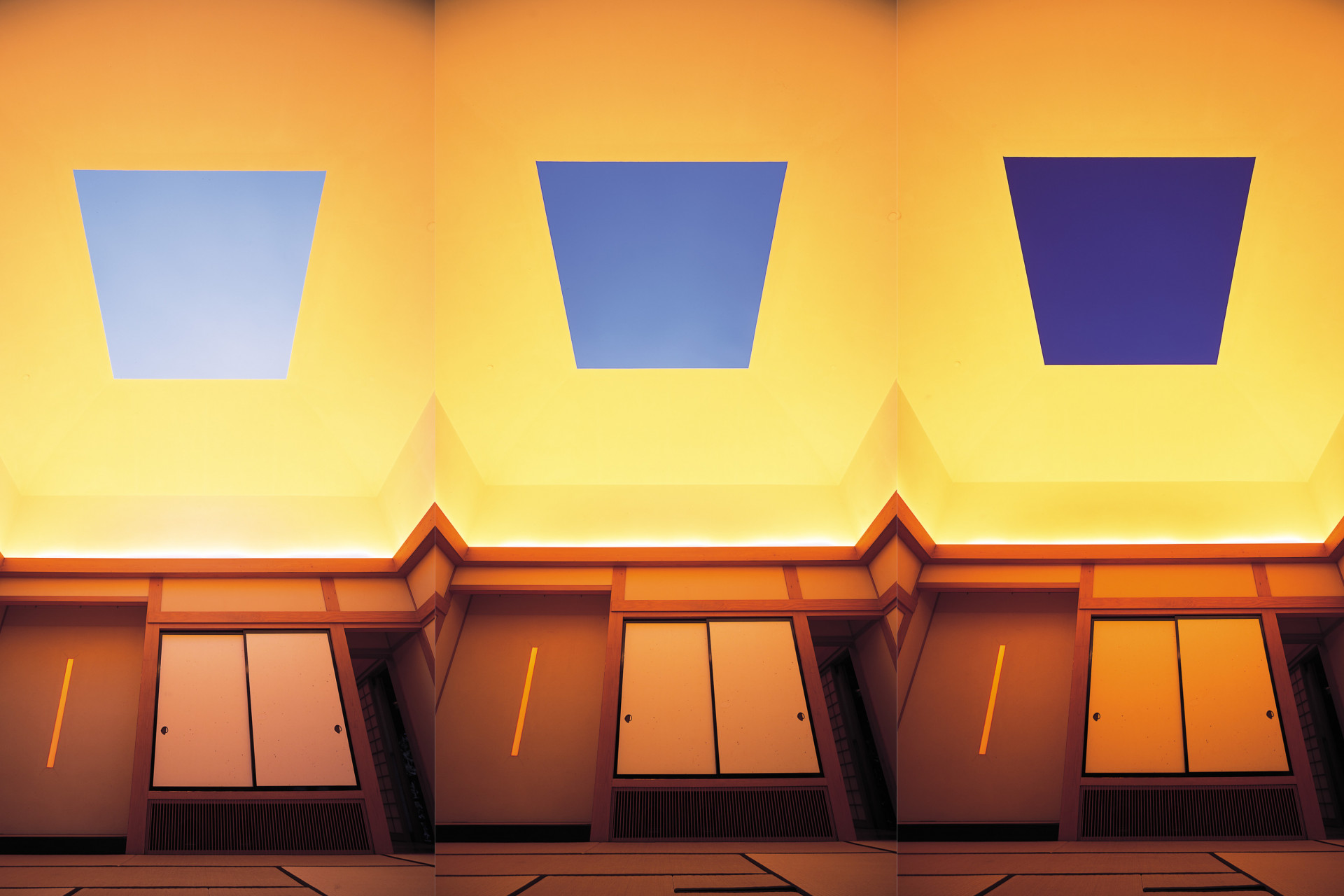
This article was originally published in February 2003.
To experience art in a new light, Kyoko Tsukada took an overnight trip to the Niigata mountains.
Two hundred kilometres or so northeast of Tokyo lies an area of forests, rice fields and villages. Approaching this nature, unfamiliar objects ease into view. You can’t help but wonder who in the world created these things. And why.
The series of objects installed throughout Japan’s snow country are exhibits in the Echigo Tsumari Art Triennial in Niigata. Half of the 149 outdoor artworks are permanent installations. Like mountain orienteering, the exhibition lets viewers experience the scattered artwork and scenery as one, while strolling the mountain roads. This “Earth art festival” presents art as part of the environment, breaking loose from the usual framework of gallery walls. One of the festival’s permanent exhibits is the “House of Light”, a soothing ambient structure as much for viewing as overnight stays.
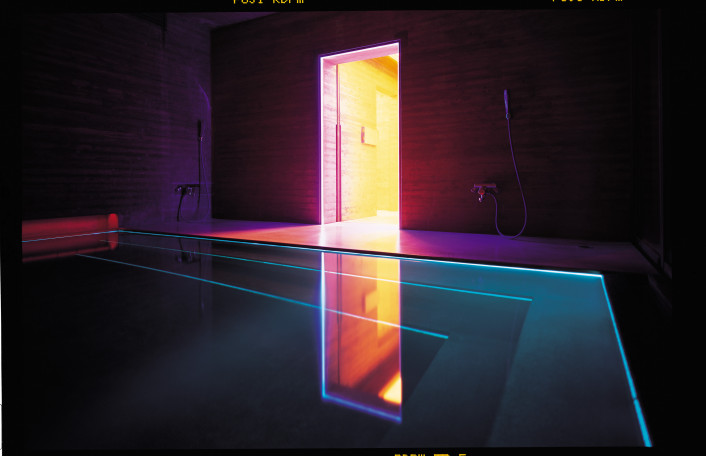
Out of the town and up the steep hills sits what looks like a Japanese teahouse. It’s actually a work of art by illumination maestro James Turell. With only mountains as a backdrop, the city below looks a world away. Not surprising to learn, then, the concept was a “guesthouse for meditation”.
Inside, the lighting is all supplied indirectly. Designed with the warmth of a traditional Japanese house in mind, the interior is cozy and the balcony encircling the second floor perfect for an evening sipping sake under the moon. But for overnight guests, the highlight must surely be the light show at sunset and sunrise. An incandescent lamp on the roof calculates the natural light, then plays with it. When the sun starts sinking, the roof slides open. Laying down on the tatami mats and looking up at the sky, the colour glides from grey to light blue. Before you know it the patch of sky visible through the two by two metre opening has shifted to indigo and then to navy blue. Leaning outside to check, the true colour of the sky remains an overcast grey. After an hour the fantastic blue gradation finally becomes a jet-black darkness. The ambience here is neither flamboyant nor overbearing. The fluorescent red and blue lines of the optical fibre light bath are dim until your eyes adjust to the darkness. It’s a visual magic only the House of Light can offer.

Those staying overnight will find more than just wonderful ambience. This is, after all, the renowned Uonuma Koshihikari rice district. Although a decent dinner and breakfast are on offer, the kitchen is equipped with all the tools you need to whip up your own meals. And of course, where there’s good rice, there’s good sake. Spending the night sipping local Kawanishicho sake while the snowflakes fall is definitely one of the treats of the snow country.
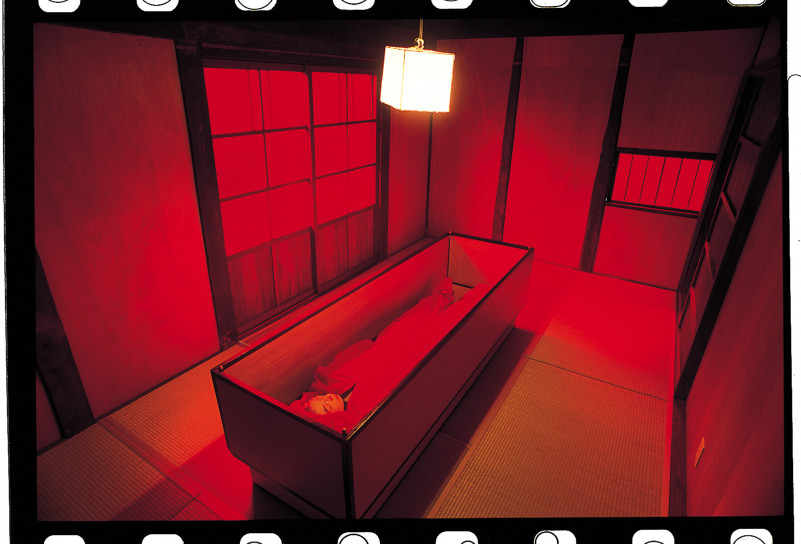
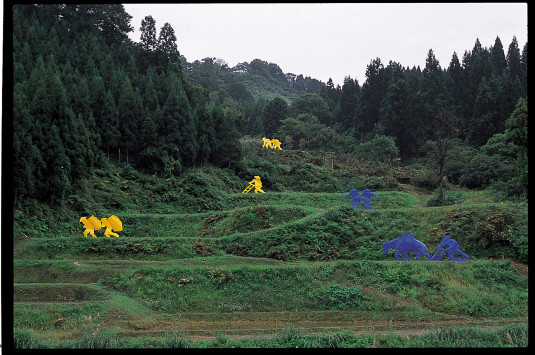
Other permanent art exhibits in the area.
The next day I headed for the nearby town. At the Matsunoyama hot spring, considered one of Japan’s top three medicinal baths, you can enjoy a huge, inexpensive dish of soba that’s many times tastier than anything you’ll find in Tokyo. Sake, soba, hot springs and art; what else do you need?
Night time is the light time. In clement weather, the sunset show is the highlight of a stay at the House of Light.
Text: KyokoTsukada / Photo: Toshiya Abe
